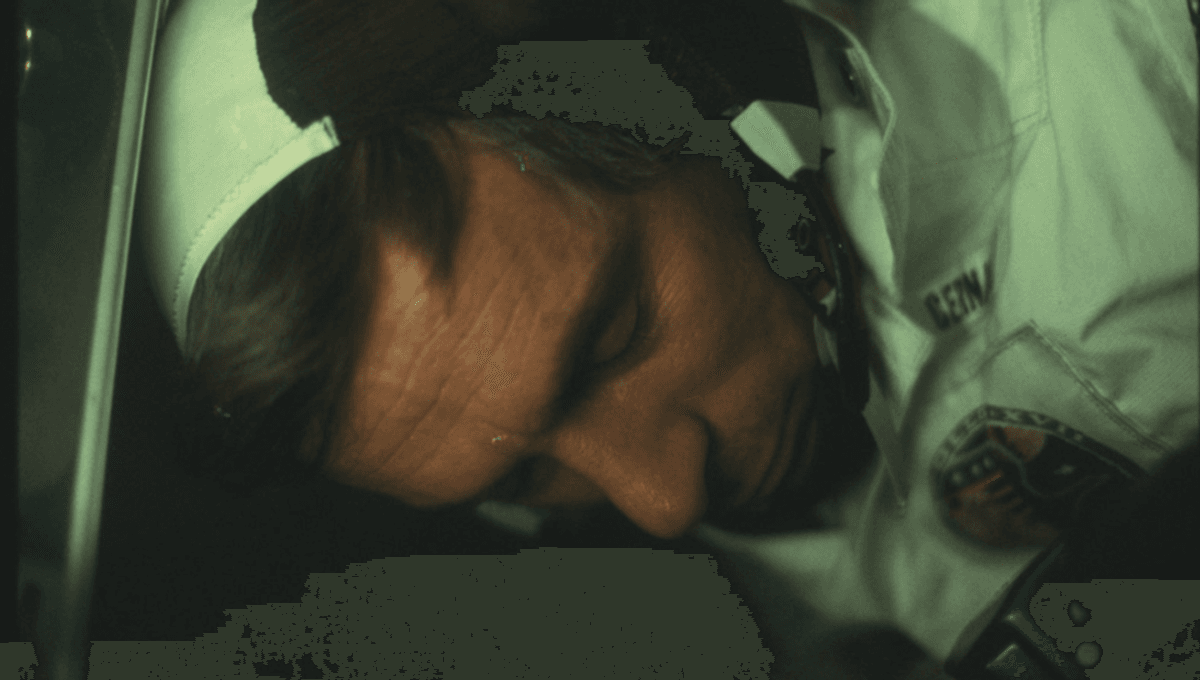
The only scientist to walk on the Moon found out that he was allergic to it. Apollo 17 astronaut Harrison H. Schmitt made the discovery upon returning to the landing module, while still on the lunar surface.
Schmitt walked on the Moon in December 1972, the final crewed mission to the Moon before the Apollo program ended. While on the surface, the geologist spent his time collecting samples of rocks around the Taurus-Littrow valley, near the Sea of Serenity. When he took off his suit in the safety of the landing module, he came into contact with lunar dust that had been distributed around the cabin.
“First time I smelled the dust I had an allergic reaction, the inside of my nose became swollen, you could hear it in my voice,” Schmitt said at the Starmus space festival in 2019, as reported by the Telegraph. “But […] gradually that went away for me, and by the fourth time I inhaled lunar dust I didn’t notice that.”
He was not the only person to suffer an allergic reaction to the Moon rock, telling the conference that a flight surgeon had to stop work while taking suits out of the command module due to the strength of the reaction he had. Schmitt said that the problem had implications for future missions.
“For some individuals we need to find out whether they are going to have a reaction, if they are going to be exposed chronically to Moon dust,” he said. “Now my suggestion is don’t ever let them be exposed to lunar dust and there are many engineering solutions since I was flying to keep dust out of the cabin, to keep it off the suit. It’s going to be primarily an engineering problem.”
All other astronauts have suffered to some extent from “lunar hay fever”, according to the European Space Agency (ESA). Generally the symptoms experienced were mild sneezing and nasal congestion that faded quickly, though sometimes it could take a few days.
Efforts are underway to address the issue, possibly exacerbated by an unlikely phenomenon: static. On the Earth, particles get smoothed out by erosion from wind and water, ESA explained, whereas on the Moon – without these conditions to erode it – dust remains sharp and spiky. As the Moon doesn’t have our atmosphere to protect it from radiation, the soil becomes statically charged, sometimes sending these spiky particles into the air and making them more likely to cover equipment and get into people’s lungs.
The size of the lunar dust particles is of particular concern, and one of the issues that will need to be addressed as we send more astronauts back to the Moon.
“Particles 50 times smaller than a human hair can hang around for months inside your lungs,” Kim Prisk, a pulmonary physiologist involved in human spaceflight, said in the ESA statement. “The longer the particle stays, the greater the chance for toxic effects.”
Source Link: The Only Scientist To Walk On The Moon Found Out He Was Allergic To It